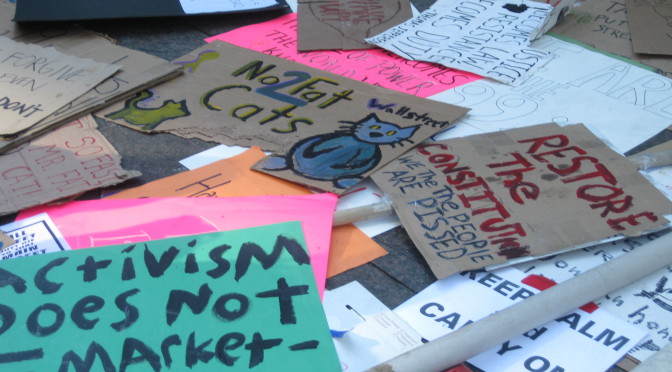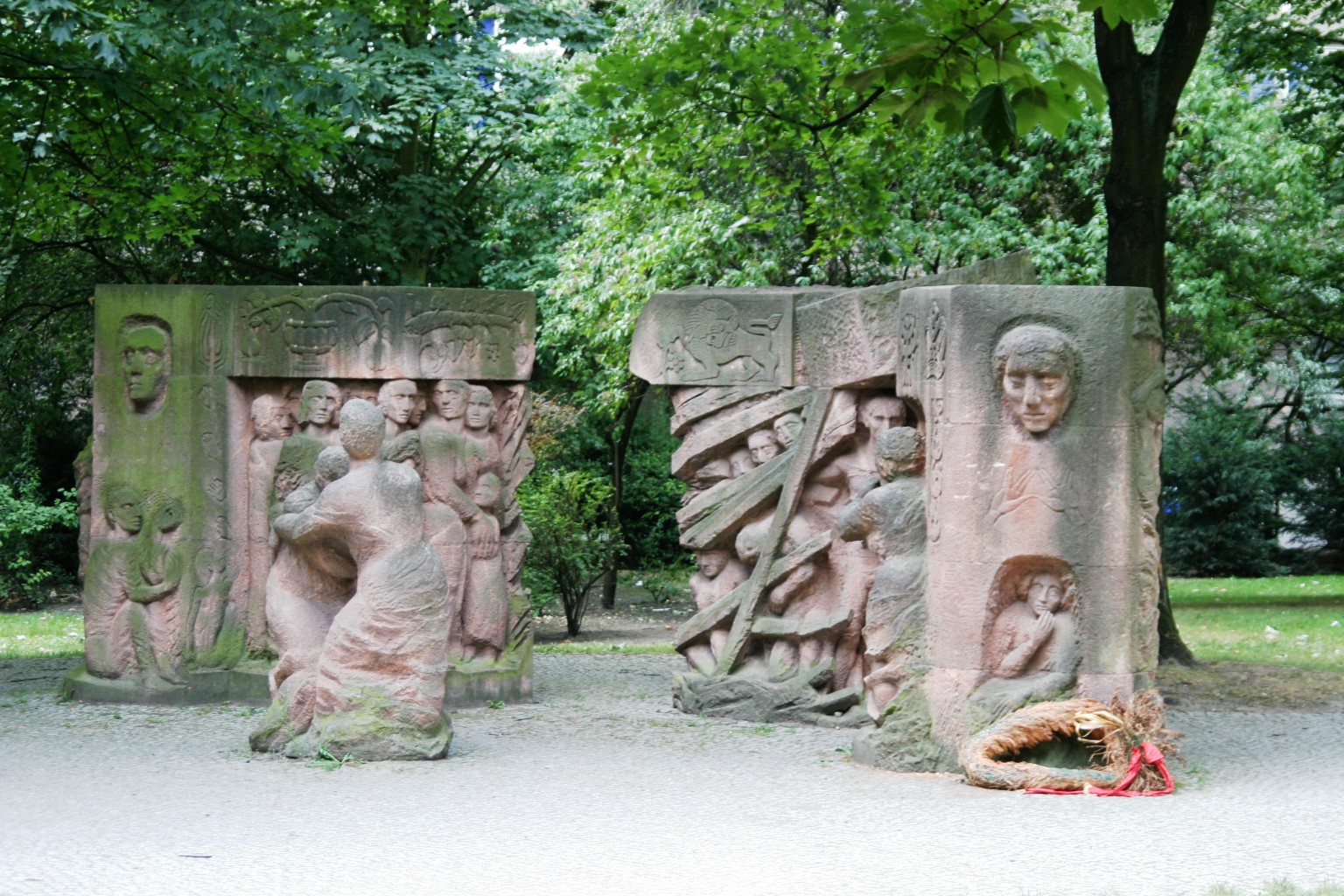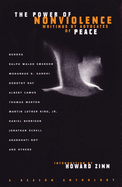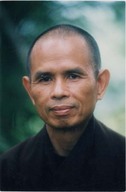In 2008, Dr. Erica Chenoweth and Dr. Maria J. Stephan did a landmark study, Why Civil Resistance Works: The Strategic Logic of
Nonviolent Conflict in 2008 showing that nonviolent movements are more successful than violent movements and have become increasing so. The introduction of this 2008 study states that:
Our findings show that major nonviolent campaigns have achieved success 53 percent of the time, compared with 26 percent for violent resistance campaigns. There are two reasons for this success. First, a campaign’s commitment to nonviolent methods enhances its domestic and international legitimacy and encourages more broad-based participation in the resistance, which translates into increased pressure being brought to bear on the target. Recognition of the challenge group’s grievances can translate into greater internal and external support for that group and alienation of the target regime, undermining the regime’s main sources of political, economic, and even military power.
Second, whereas governments easily justify violent counterattacks against armed insurgents, regime violence against nonviolent movements is more likely to backfire against the regime. Potentially sympathetic publics perceive violent militants as having maximalist or extremist goals beyond accommodation, but they perceive nonviolent resistance groups as less extreme, thereby enhancing their appeal and facilitating the extraction of concessions through bargaining.
Our findings challenge the conventional wisdom that violent resistance against conventionally superior adversaries is the most effective way for resistance groups to achieve policy goals. Instead, we assert that nonviolent resistance is a forceful alternative to political violence that can pose effective challenges to democratic and nondemocratic opponents, and at times can do so more effectively than violent resistance.







